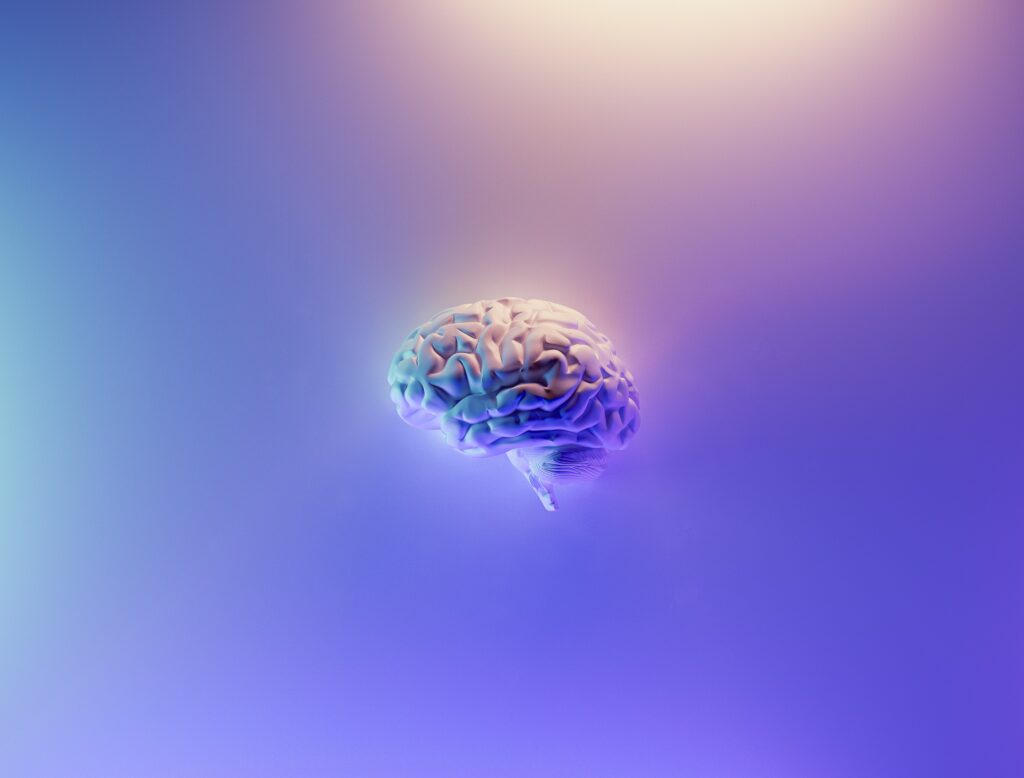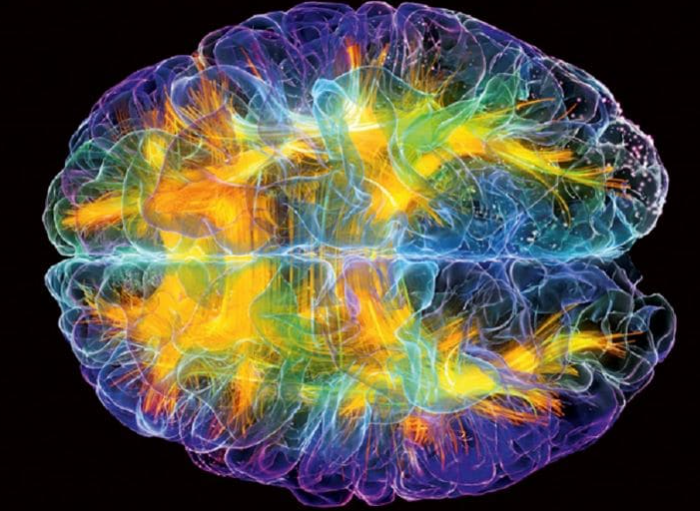Have you ever wondered what is the difference between the human brain and a computer?

Let’s see in a little detail the most substantial differences that exist:
- Both the brain and computers use electricity to send signals, but the electricity that is transmitted in a computer is based solely on the wiring of the equipment and works only with electricity without it because it cannot perform any function for which it was intended, while the The human brain uses chemicals, such as sodium and potassium, to transmit electrical signals and needs an assortment of vitamins and minerals to keep it functioning.
- Computers can continue to store memories, as long as more RAM and hard drive memory is added, as long as the information is stored correctly as it is never lost unless the stored data is damaged in some way and of course it is more organized than the human brain. On the other hand, the brain sometimes fails to store information, it makes an effort to locate it but either it is lost or incorrect events are remembered or we remember what we want when it suits us 😀
- The human brain adapts to new circumstances and learns new ideas faster, since new tasks require great recoding efforts in computers and sometimes even different hardware is needed to be able to carry out many of them even though a computer it can multitask without errors while some people I’m not saying all have difficulty walking and chewing gum just don’t multitask.
- The computer can perform calculations faster than the human brain, although the brain has the ability to interpret information, come up with new ideas, and be imaginative.
- Of course, the computer is much easier to repair than the human body. To fix a computer, all you have to do is identify the problem and repair or replace the broken or defective part, and regardless of whether it is shut down for a long period of time, it continues to function fully.
- The human brain cannot add new parts and its mechanism deteriorates naturally over time and the brain unlike the computer will immediately experience damage if disconnected and eventually die but it has a capacity known as neuroplasticity which allows it to adapt to changes. injuries or damage so that the healthy areas assume functions previously controlled by the damaged areas.





Responses